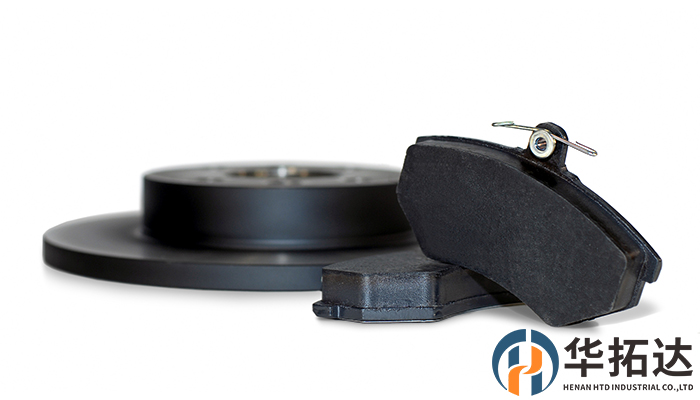How To Choose Disc Brake Or Drum Brake?
2024-02-19

Drum brake: great braking power but poor heat dissipation
The working principle of drum brake is very simple. It is composed of brake base plate, brake cylinder, brake shoe and other related connecting rods, springs, pins and brake drums. The hydraulic pressure pushes the piston so that the brake shoes on both sides are close to the inner wall of the wheel, thereby achieving the braking effect. The drum brake has a closed structure that is not easily damaged, is solid in quality, low in cost, and most importantly, has very strong braking force, making it very friendly to users with heavy loads.
But also because of the closed structure, the heat dissipation of drum brakes is relatively poor. During the use of the brakes, the brake pads will rub violently with the brake drums, and the heat generated is difficult to remove in time. Once the time is too long, it will cause the brakes to overheat. Attenuation may even burn the brake shoes and cause loss of braking power.
In order to solve this problem, many truck enthusiasts choose to install water sprinklers on their cars to spray water on the drum brakes to cool down when facing long downhill slopes, thereby avoiding thermal decay. But in this case, the water tank must be refilled frequently, which is expensive and troublesome, and its use is prohibited in the northern winter.
Disc brake: not afraid of thermal decay but more expensive
Disc brakes are mainly composed of brake cylinders, brake calipers, brake pads and brake discs. The overall structure is simple, there are few parts, and the braking response speed is very fast. The working principles of disc brakes and drum brakes are actually similar, but the difference is that they use a hydraulic pump to push the brake calipers to clamp the brake pads to generate friction, thereby achieving the braking effect.
So from a structural point of view, the disc brake will be more open, so the heat generated by the friction between the caliper and the brake pad during the braking process will be easily released. Even if it is subjected to continuous high-speed braking, the braking performance will not suffer excessive thermal degradation. And because the disc brake has an open structure, it will be more convenient for maintenance. It should also be mentioned here that disc brakes cannot be sprayed with water. If water is sprayed, the brake pads will crack.
However, compared with drum brakes, disc brakes are more expensive, and with the same size brake disc, the braking force of disc brakes is less than that of drum brakes. Therefore, disc brakes are used together with auxiliary brakes such as ABS and hydraulic retarder. Although some card fans will complain about the increased cost, the good compatibility between disc brakes and auxiliary brakes also provides it with excellent plasticity.
